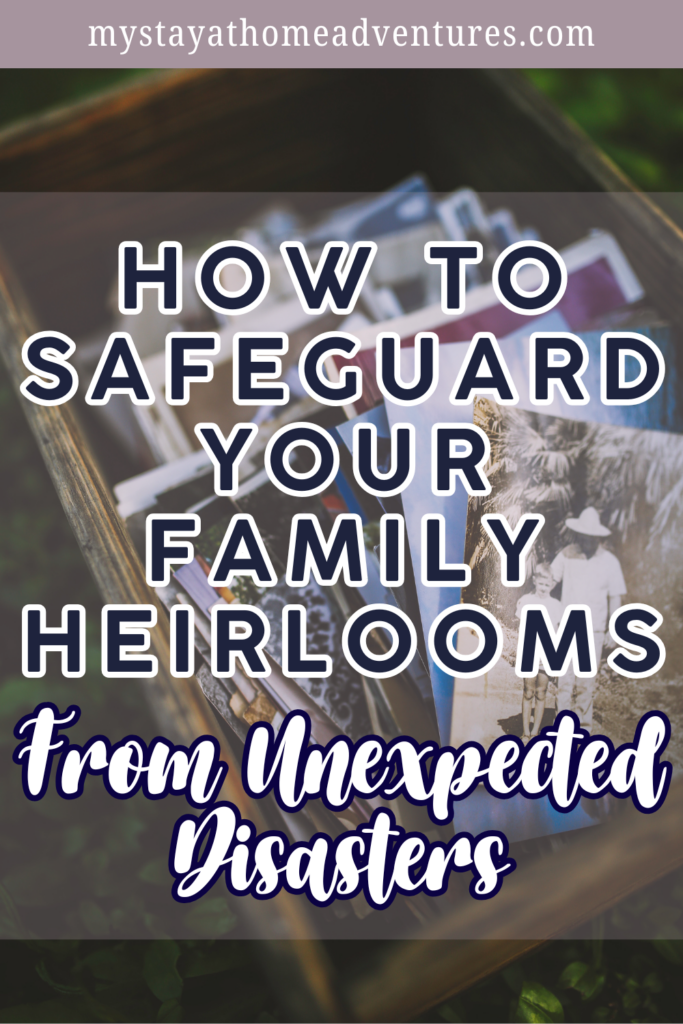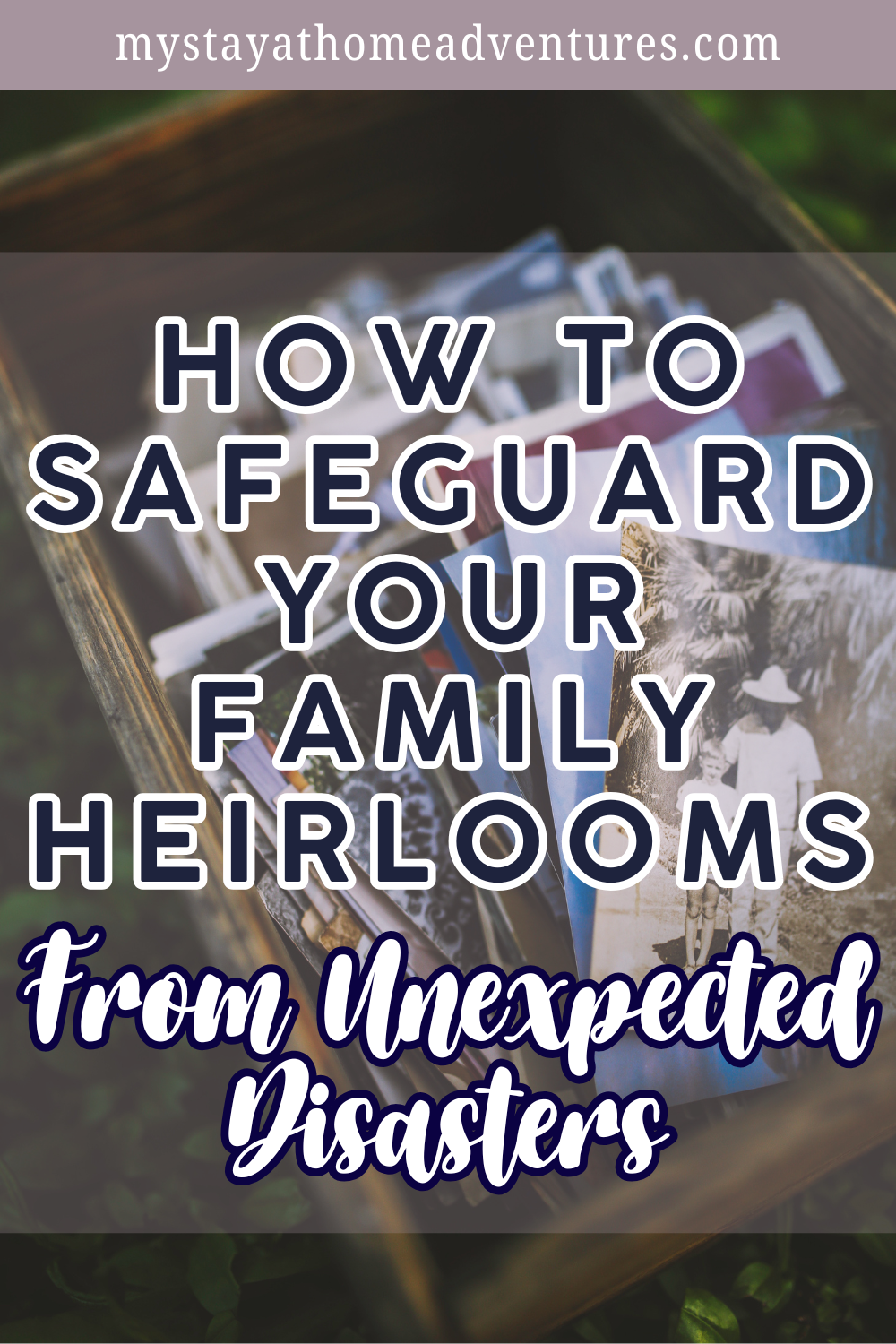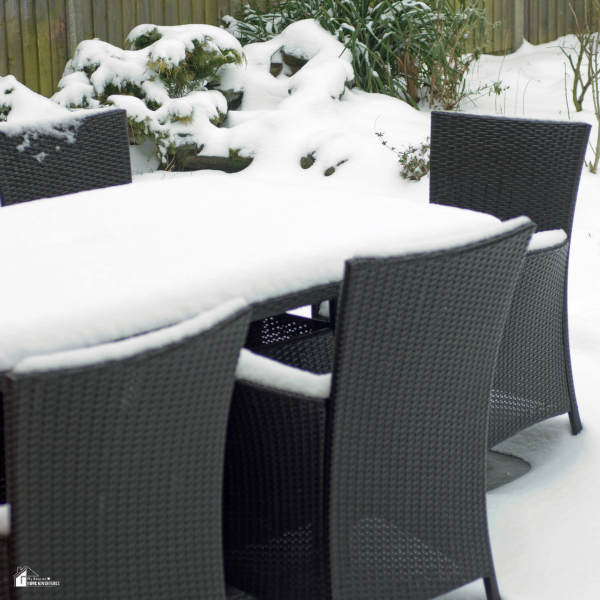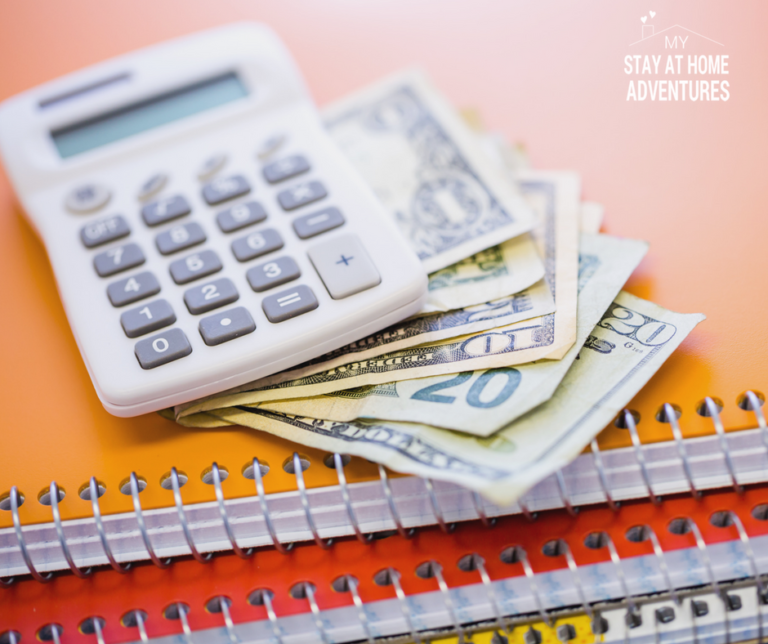How to Safeguard Your Family Heirlooms From Unexpected Disasters
This post may contain affiliate links which might earn us money. Please read my Disclosure and Privacy policies hereFamily heirlooms hold more than just sentimental value—they carry stories, memories, and a sense of legacy. Whether it’s your grandmother’s recipe book, old photographs, or a wedding ring passed down through generations, these items deserve extra protection.
Unfortunately, disasters like fire, flood, or mold can strike with little warning. Knowing how to prepare for and respond to these events can mean the difference between loss and preservation.

Why Heirlooms Are Worth Protecting
Some things money can’t replace. A handmade quilt from a great-aunt or a child’s early artwork often carries emotional significance far beyond its material worth. When disaster hits, people commonly regret not safeguarding these irreplaceable items.
Beyond the emotional value, certain heirlooms—like antique furniture, jewelry, or rare collectibles—can have substantial financial worth as well.
While insurance may cover the monetary value, no policy can restore sentimental loss. That’s why proactive protection is key.
Common Risks to Sentimental Items
Household disasters often come unexpectedly and escalate quickly. The most common threats to heirlooms include:
- Fire: Flames, smoke, and soot can permanently damage paper, fabric, and metals.
- Water: Whether from a storm, flood, or burst pipe, water can lead to warping, mold, and disintegration.
- Mold: Often a result of hidden moisture, mold can destroy organic materials like books and photographs.
- Neglect: Poor storage or environmental exposure over time can lead to slow degradation.
Understanding these threats is the first step in minimizing potential damage.
How to Store Your Heirlooms Safely
Protecting your heirlooms starts with smart storage. Here are a few ways to keep them safe:
- Use fire- and water-resistant containers: Store important items in certified protective boxes or safes.
- Elevate storage areas: Keep boxes and bins off the ground in case of flooding.
- Avoid attics and basements: These spaces are prone to extreme temperatures and moisture.
- Use archival-quality materials: Store documents and photos in acid-free folders and containers.
- Digitize when possible: Scan documents and photos to preserve backups on cloud storage or external drives.
It’s also wise to create a household inventory that includes descriptions and photos of each item. This can be a lifesaver during recovery.
Emergency Prep for Sentimental Belongings
In a crisis, it’s easy to panic. Having a plan in place helps ensure that your most cherished belongings aren’t left behind. Here’s how to prepare:
- Create a grab-and-go box: Include small, high-value items like photos, documents, and jewelry.
- Prioritize items by irreplaceability: Know what matters most and keep it accessible.
- Share knowledge: Make sure all household members know where these items are stored.
- Rotate storage checks: Review your storage setup at least once a year to ensure everything is still protected and accessible.
Preparedness isn’t just about food and water—it’s about preserving what makes your house feel like home.
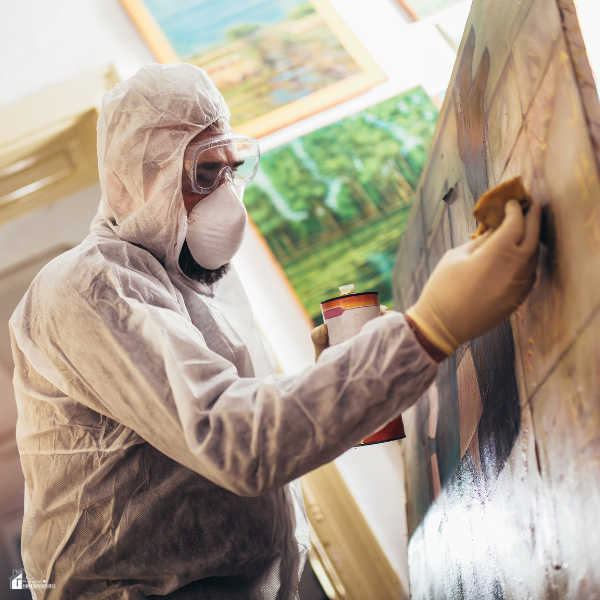
What to Do After Damage Strikes
Even with preparation, some disasters are unavoidable. If your home suffers fire damage and you're unsure what can be saved, a personal property restoration company can assess and restore sentimental belongings more effectively than DIY methods. These experts use specialized tools and techniques to recover items that may seem beyond repair.
Don't rush to throw things away. Photographs, documents, and textiles might still be salvageable with professional help.
Routine Maintenance to Minimize Risk
Sometimes, the best way to protect heirlooms is to prevent the disaster in the first place. Routine upkeep like seasonal checks and small repairs can be streamlined with basic home maintenance tips. Staying ahead of potential hazards like faulty wiring, leaky pipes, or overloaded outlets can go a long way in preventing disaster-related damage.
Make a habit of inspecting your home regularly—especially before and after major weather changes.
Emotional Recovery After Loss
No matter how much you prepare, losing a cherished item can feel deeply personal. Disasters often spark a phase of reflection and growth, helping families rebuild stronger both emotionally and practically. This healing process includes reevaluating preparedness strategies and empowering households to better protect what matters next time.
Give yourself grace. The memories tied to heirlooms don’t vanish with the object—and new memories can always be created.
Final Thoughts
Your home is more than just four walls—it’s filled with stories, symbols, and treasures. Taking time to safeguard your family heirlooms ensures that these pieces of your history endure, no matter what life throws your way. Preparation today can save heartache tomorrow.
